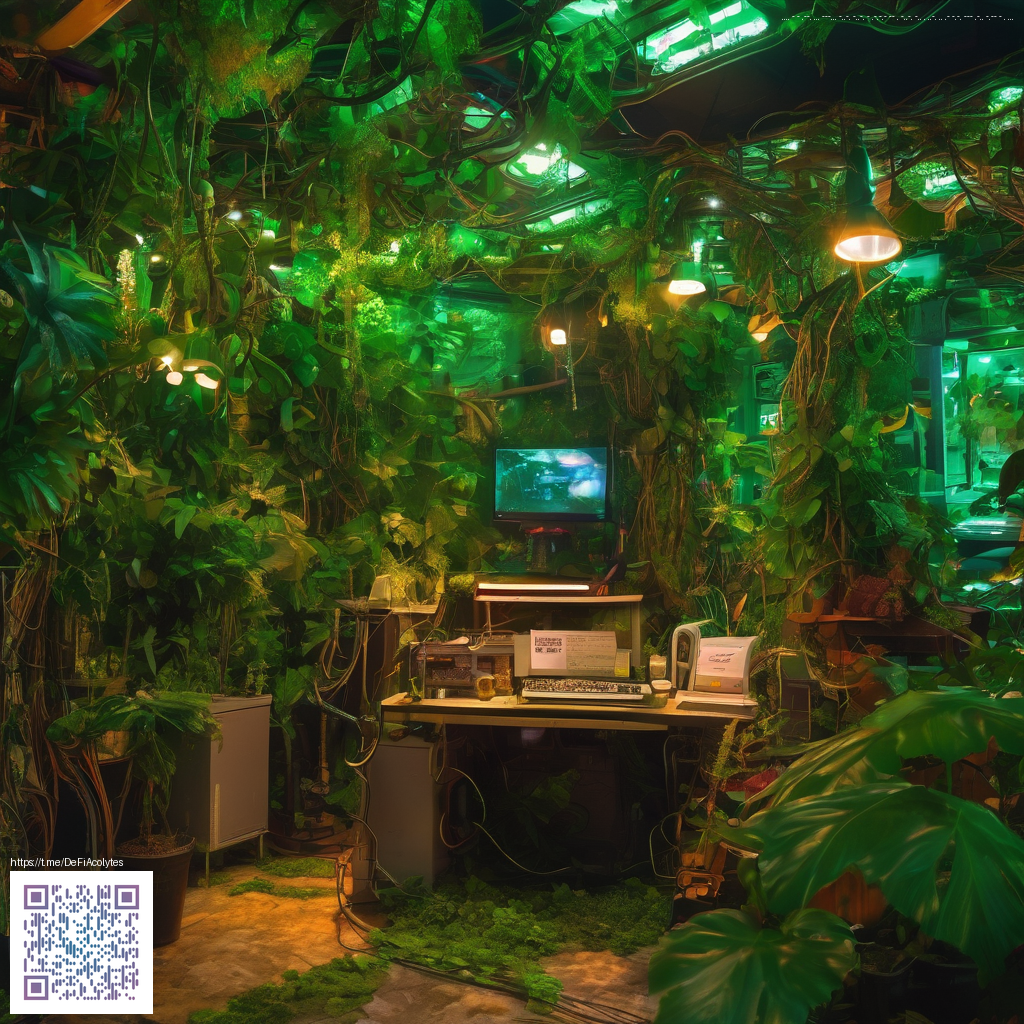
Dead Bubble Coral Wall Fans in Temple Builds A practical guide for designers and builders
Temple projects often walk a fine line between imposing stone architecture and the gentle drama of nature. Dead Bubble Coral Wall Fans offer a subtle way to infuse underwater elegance into stone corridors, aqueduct arches, and submerged temple ruins. These blocks are decorative by design and great for players who want texture without overpowering light or color. In this article we explore how to use this block effectively in temple builds, including placement tips, lighting ideas, and creative combinations that stay faithful to the temple vibe.
Why this block fits temple aesthetics
Dead Bubble Coral Wall Fans have a transparent, delicate silhouette that catches light without overpowering it. The texture reads as coral growth rather than a solid wall feature, which makes them ideal for rhythm and repetition along long temple walls. Their soft, pale hues pair beautifully with prismarine blocks, stone brick, and dark oak balconies. The result is a look that says both ancient sacral spaces and quiet ocean depths. The block stays practical to farm and place, while still offering a strong visual cue for players chasing a submerged temple mood 🧱.
Stateful design and how to place them
Each fan supports multiple facing directions north south west and east, and the design can be waterlogged as a stylistic choice. This means you can place a line of fans along a wall to create a wave like rhythm or mount them in a staggered pattern to echo column reliefs. Since the block is transparent and has no natural drop when broken, you can test different arrangements without worrying about resource cost or clutter. Experimenting with facing directions lets you craft curved walls where the fans bend along the temple silhouette.
Lighting ideas that bring out texture
One of the strongest advantages of wall fans is how they interact with light. Place sea lanterns or glow crystals behind a row of fans to create a soft backlit effect that hints at underwater lantern festivals. The light should filter through the coral texture, producing gentle gradients on the floor and ceiling. If you want a submerged look, stack a thin water layer behind the fans or use water features to reflect the glow. Remember that the fan itself does not emit light, so the illumination must come from nearby sources to maintain the illusion.
Building tips for temple designers
- Use fans to accent arched windows or doorways. Align groups of four to form a lattice that carries the eye along a corridor.
- Mix with prismarine bricks and dark prismarine for contrast. The cool blue tones align with a sea rich palette while the coral texture keeps the wall from feeling flat.
- Create rhythm by placing fans at regular intervals along long halls. A repeating pattern evokes carved reliefs while preserving a calm temple atmosphere.
- In larger temples, combine fans with water features. A shallow pool behind transparent walls adds depth and helps reflect ambient light.
- Consider waterlogged sections for submerged ruins. Waterlogged fans subtly blur edges and enhance the underwater theme without compromising visibility.
Technical notes and culture tips
From a technical standpoint the block is optimized for wall mounting with four facing options and a waterlogged state. It is designed as a decorative piece that integrates smoothly with other coral variants and stone era architecture. In terms of resource workflow, the block does not drop typical materials when broken, so builders often treat it as a permanent decorative addition rather than a farmable resource. This encourages careful planning and testing in creative builds, which suits temple designers who like to iterate layouts before committing to a patch work. The coral family also inspires modders who want to extend underwater temple themes into tech mods or texture packs. Sharing these ideas in the community keeps temple aesthetics fresh and accessible for new builders 🌊.
Tip from seasoned builders: place fans on alternating heights along a corridor to mimic the ribbed feel of ancient arches. It creates an elegant motion as players walk through and keeps the look cohesive across large rooms
Incorporating community ideas
Temple builders thrive on shared inspiration and practical tweaks. Pairing dead bubble coral wall fans with strategic lighting and water features can elevate a simple temple into a narrative space. Players often test variants in super flat worlds or seeds with large ocean biomes to visualize how an underwater temple would exist in a real world. This block is particularly friendly to those who enjoy iterative design and collaboration, since its subtle texture invites experimentation without overwhelming the structure.
Conclusion
The Dead Bubble Coral Wall Fan is a versatile tool for temple builders who want texture and atmosphere without crowding the design. Its ability to be placed in multiple orientations and to interact with waterlogged settings makes it a thoughtful choice for submerged or semi submerged temple fantasies. When used with careful lighting and a complementary palette of surfacing blocks, these fans help create spaces that feel both ancient and alive with marine quietude. If you love crafting temples that tell a quiet oceanic story, this block deserves a closer look and a few test builds in your next project 🧱💎.
Interested in more ideas about how blocks inspire design and how the community shapes game experiences check out these related reads
- When to use no code tools for product creation
- Predicting opponent switches in legends arceus with hisuian goodra
- Benalish hero how player creativity shapes mtg design
- Proof of work vs proof of stake a beginners guide
- Building trust through transparent policies a practical guide
Support the ongoing creation of Minecraft content and community led projects by visiting our donation channel
Support Our Minecraft Projects